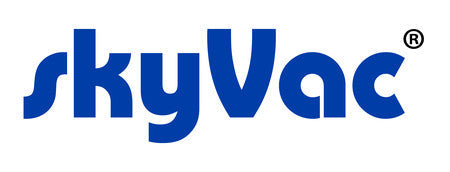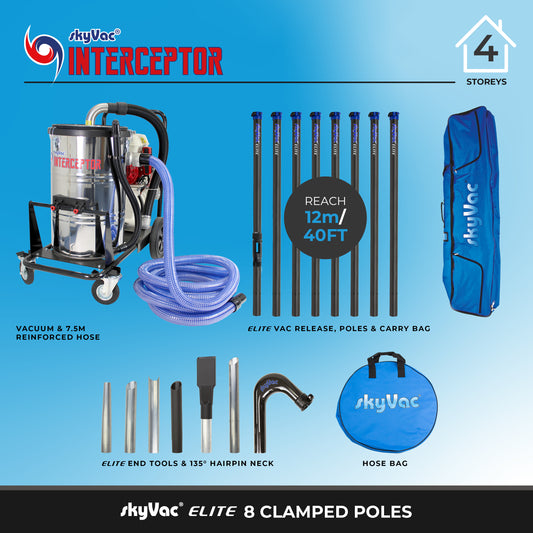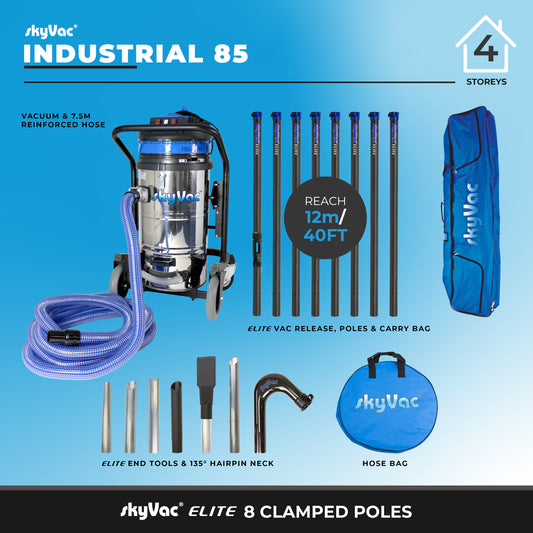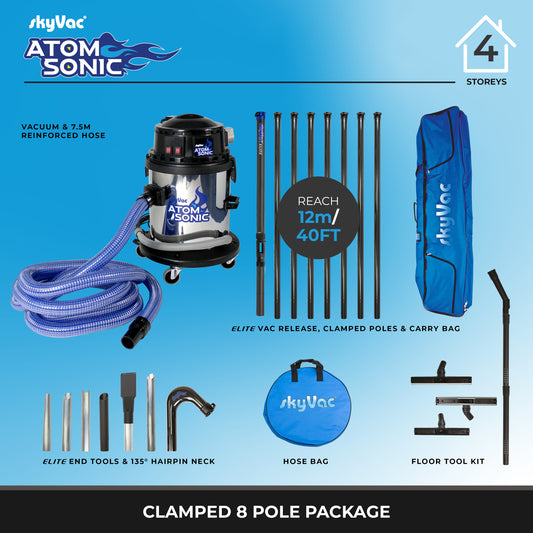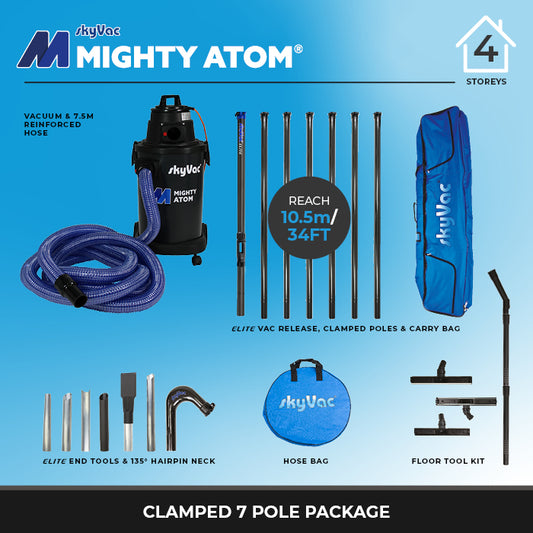10 Expert Tips for Safer and More Efficient High Dusting
Share
High dusting is a critical cleaning task for warehouses, commercial spaces, and industrial facilities. Dust accumulation on ceilings, vents, rafters, pipes, and light fixtures can lead to poor air quality, increased allergens, and fire hazards. To ensure safety and efficiency, you need proper techniques and the right tools.
For professional high-dusting equipment, check out Clean.Direct's high-dusting solutions.
1. Use the Right High-Dusting Equipment
Climbing ladders is unsafe and inefficient. Instead, use professional high-reach tools that allow you to clean from the ground safely.
✅ Recommended Equipment:
- High-Level Dusting Kit – A complete kit with extendable poles, soft brushes, and adjustable angles for reaching high surfaces.
-
Telescopic Extension Pole – A lightweight, high-reach carbon fiber pole for cleaning vents, fans, and pipes.
✅ Pro Tip: Vacuum-assisted high-dusting systems prevent dust from becoming airborne.
2. Prioritize Safety with Proper Training
High dusting involves working at heights or using extended poles, so safety is crucial. Ensure cleaning staff are trained in:
- Proper equipment handling to prevent accidents.
- Fall protection if working on lifts or scaffolds.
- Identifying hazards like overhead obstacles or fragile structures.
✅ Pro Tip: Always do a safety check before starting any high dusting task.
3. Choose the Right Time for High Dusting
To minimize disruptions and maximize efficiency:
- Schedule dusting during off-hours when fewer people are around.
- Turn off HVAC systems to prevent dust from recirculating.
- Use proper lighting to spot and remove dust effectively.
✅ Pro Tip: Plan deep-cleaning sessions during maintenance shutdowns in industrial settings.
4. Establish a Routine High-Dusting Schedule
Dust accumulates at different rates, so maintaining a regular cleaning schedule is essential:
- Weekly dusting for commercial spaces and offices.
- Monthly dusting for warehouses and storage areas.
- Quarterly deep dusting for beams, ceilings, and HVAC ducts.
✅ Pro Tip: Conduct air quality tests to determine how often you should perform high dusting.
5. Wear Proper Personal Protective Equipment (PPE)
Since high dusting stirs up fine dust particles, it’s crucial to wear:
- N95 masks or respirators to prevent inhalation of fine dust.
- Safety goggles to protect your eyes from falling debris.
- Gloves and long-sleeved clothing to avoid skin irritation.
✅ Pro Tip: Use anti-static workwear to prevent dust from clinging to clothing.
6. Utilize HEPA Filtration for Cleaner Air
Without proper filtration, dusting can release airborne contaminants that lower air quality. Use HEPA-filtered vacuum systems to trap dust effectively.
✅ Recommended Equipment:
- HEPA Filtered Vacuum – Captures 99.97% of dust particles, preventing them from resettling.
✅ Pro Tip: Replace vacuum filters regularly to maintain high filtration efficiency.
7. Use the Correct Dusting Technique
The right technique prevents dust from scattering and resettling.
- Start from the highest point and work downward.
- Use slow, controlled motions to prevent dust clouds.
- Vacuum dusting tools frequently to keep them effective.
✅ Pro Tip: Avoid feather dusters—they just move dust around instead of removing it.
8. Reduce Static Electricity to Minimize Dust Attraction
Static electricity makes dust cling to surfaces, making it harder to remove.
- Use anti-static microfiber dusters instead of dry cloths.
- Install humidifiers to reduce static buildup in dry environments.
- Wipe surfaces with a slightly damp microfiber cloth for better dust pickup.
✅ Pro Tip: Use anti-static sprays on electronics and vents to reduce dust buildup.
9. Identify and Address the Root Cause of Dust Accumulation
Excessive dust buildup can indicate ventilation or maintenance issues.
- Clean HVAC vents and filters regularly to minimize dust circulation.
- Seal gaps in doors and windows to reduce outdoor dust entry.
- Use entrance mats to prevent dirt from tracking inside.
✅ Pro Tip: Consider air quality monitoring to identify problem areas.
10. Leverage Technology for Safer High Dusting
New cleaning tools make high dusting safer and more efficient.
✅ Recommended Equipment:
- High-Level Inspection Camera – Attaches to telescopic poles to check dust levels before cleaning.
✅ Pro Tip: Use inspection cameras to check if areas are fully clean—no ladders required.
Final Thoughts
High dusting is essential for cleanliness, air quality, and safety in commercial and industrial spaces. By following these expert tips, you can make high dusting safer, more effective, and more efficient.
Ready to take your high dusting to the next level?
➡ Explore Clean.Direct for premium high-dusting solutions! 🚀
